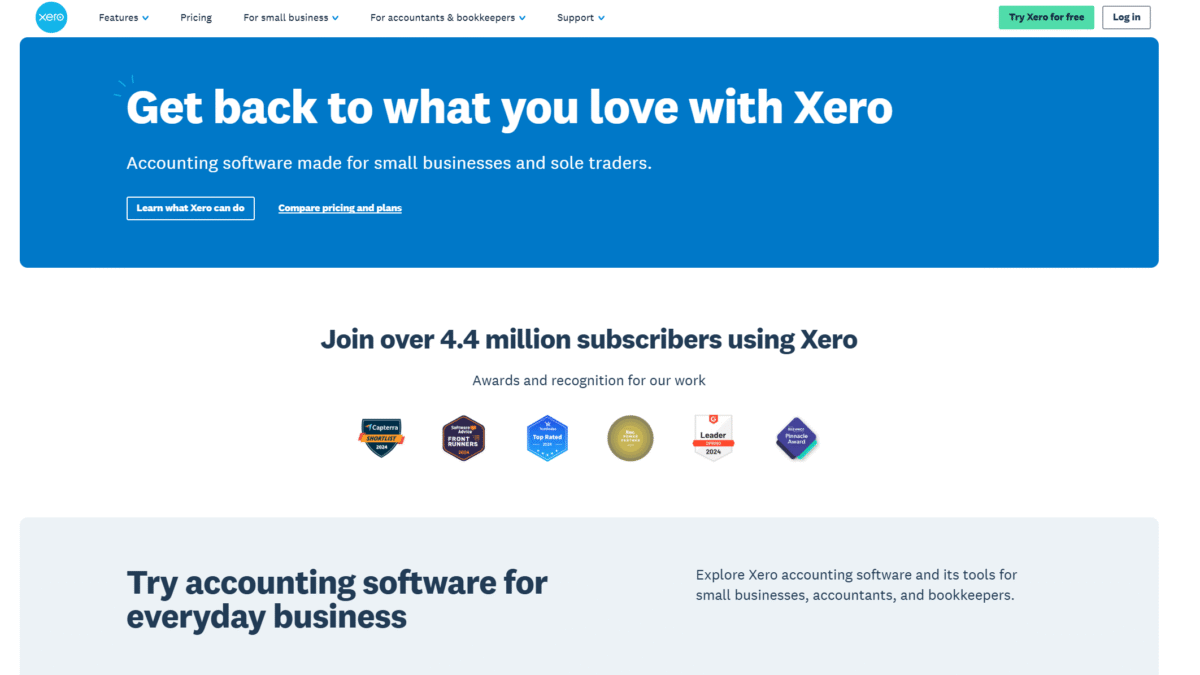
How to Make a Free Invoice Quickly and Easily
Why You Should Make a Free Invoice for Your Business
Creating a professional invoice doesn’t have to cost you a dime or take hours of your time. When you make a free invoice, you not only present your services or products in a polished way but also streamline your billing process. A clear, well-structured invoice helps you get paid faster, reduces errors, and projects credibility to your clients.
Whether you’re a freelancer, a sole trader, or a small business owner, learning how to draft a free invoice quickly and efficiently can free up your time to focus on what you do best—delivering value to your customers.
Step 1: Gather All Essential Business and Client Details
Before you start, make sure you have the following information on hand:
- Your business name, address, phone number, and email.
- Your logo (optional but adds professionalism).
- Client’s name or company name, billing address, and contact details.
- Invoice date and a unique invoice number for easy tracking.
- Payment terms (due date, late-fee policy).
Having these details ready will speed up the process of creating an invoice and reduce back-and-forth when you send it to your client.
Step 2: Select a Simple Invoice Template
There are countless free invoice templates available online, from blank Microsoft Word and Excel forms to PDF downloads. When you make a free invoice, choose a template that:
- Has a clear layout separating your business details, client information, line items, and totals.
- Allows you to customize fonts, colors, and your logo.
- Includes built-in fields for taxes, discounts, and payment instructions.
Templates in Google Docs or Sheets are also a great choice if you want cloud access and easy sharing.
Step 3: Add Your Client’s Information
Once you have your template open, fill in the client’s details exactly as they should appear on legal documents. This typically includes:
- Client or company name
- Billing address
- Email address (for sending the invoice)
Accurate client data ensures your invoice reaches the right person and is recorded correctly in their accounting system.
Step 4: List Products or Services Provided
The core of your invoice is the line items. For each product or service, include:
- Description—A brief but clear explanation of what you delivered.
- Quantity—Hours worked, units sold, or flat-rate fee.
- Unit price—Your rate per hour, per item, or project price.
- Total—Quantity multiplied by unit price.
Well-organized line items help your client understand exactly what they are paying for and minimize questions or disputes.
Step 5: Calculate Subtotals, Taxes, and Discounts
After listing your items, calculate:
- Subtotal—Sum of all line-item totals.
- Taxes—Sales tax, VAT, or service tax, based on your local regulations.
- Discounts (if any)—Apply percentage or flat-rate deductions.
Present each of these calculations in their own row so the final amount due is crystal clear.
Step 6: Define Your Payment Terms and Methods
Clearly state your payment terms to avoid delays. Common terms include:
- Net 7, Net 14, Net 30 (payment due in 7, 14, or 30 days).
- Late-fee policy (e.g., 1.5% per month on overdue balances).
Also specify accepted payment methods—bank transfer, credit card, PayPal, or checks—and provide the necessary details (bank account number, payment link, etc.).
Step 7: Review and Send Your Invoice Quickly
Before hitting Send, double-check:
- All names, addresses, and invoice numbers.
- Accurate math on subtotals, taxes, and discounts.
- Correct payment instructions and due date.
Once confirmed, you can attach the invoice as a PDF and email it to your client. If you prefer, you can also deliver it via a shared link or direct integration with accounting software.
Automate Invoicing for Free With Xero
Manually creating invoices can eat into your productive hours. When you use Xero to make a free invoice, you get a streamlined, automated solution that saves time and reduces errors. Get 50% OFF Xero for 3 Months Today and discover how simple invoicing can be.
Online Invoicing
- Send professional invoices from any device.
- Automate payment reminders to boost on-time payments.
- Customize invoice templates with your branding.
Accept Payments Instantly
- Offer clients credit card, debit card, or direct debit options.
- Reduce friction and chase fewer late payments.
Bank Connections and Reconciliation
- Connect to over 21,000 global bank feeds.
- Automate reconciliations to keep your books up to date.
Expense and Bill Tracking
- Capture bills and receipts with Hubdoc.
- Submit or reimburse expense claims seamlessly.
Benefits of Using Xero for Your Invoicing
- Time Savings: Automate repetitive tasks so you can focus on growing your business.
- Accuracy: Minimize manual errors with real-time bank feeds and automated calculations.
- Professionalism: Impress clients with branded, well-formatted invoices.
- Cash Flow Visibility: Track outstanding invoices and expected payments from one dashboard.
- Scalability: Add advanced features like payroll, multi-currency, and project tracking as you grow.
Getting Started With Xero
Ready to stop manually crafting invoices and make a free invoice faster than ever? Sign up for Xero today and Get 50% OFF Xero for 3 Months Today. You’ll unlock intuitive invoicing, seamless bank connections, and powerful reporting—all designed for busy freelancers and small business owners.
Conclusion
Knowing how to make a free invoice quickly and accurately is essential for every business owner. By following a straightforward, step-by-step template, you can create professional invoices that get paid on time. For even greater efficiency, turn to Xero’s automated invoicing solution and take advantage of the limited-time offer to Get 50% OFF Xero for 3 Months Today. Streamline your billing, improve cash flow, and spend more time on what matters most—growing your business.
